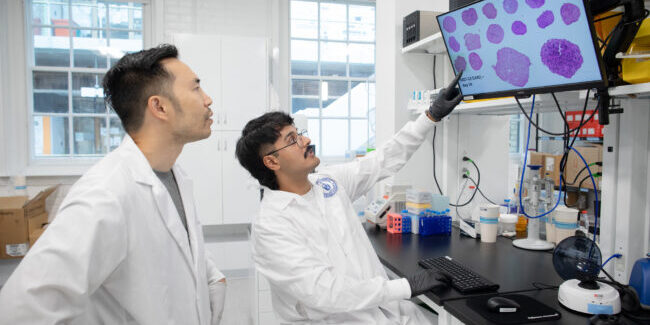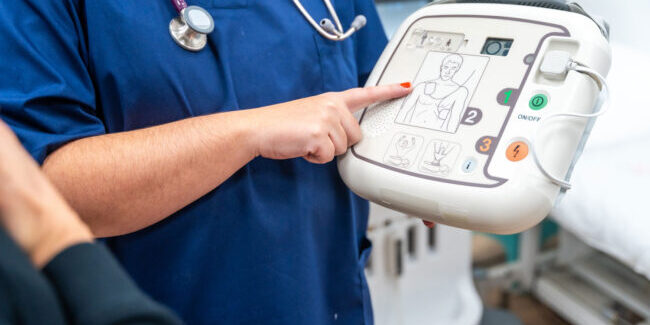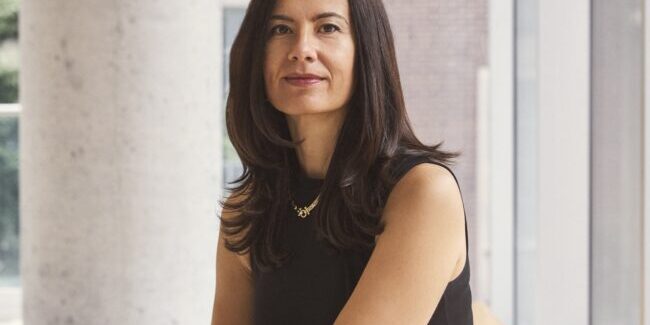Aryan Rezaei Rad joins U of T Engineering as an assistant professor in the Department of Civil & Mineral Engineering.
A polyglot — he speaks Persian, Azerbaijani, English, French and Gilaki — Rad has relocated from Lausanne, Switzerland to join the department’s Structures group.
Writer Phill Snel spoke with Rad to learn more about his research direction, passion for teaching and what attracted him to Toronto.
Can you tell us a little about yourself?
I am a Gilaki–Azeri Iranian, raised in the Caspian Sea region and Alborz Mountain range of Iran. Inspired by my engineer-architect grandfather, I fell head over heels in love with making structures. One thing led to another, and I shaped my professional profile as a civil engineer, at the interface of structural engineering, digital fabrication and computational methods.
Thanks to the fresh perspective at École Polytechnique Fédérale de Lausanne (EPFL) and the Swiss National Centre of Competence in Research (NCCR) Digital Fabrication, I gained invaluable experience during my doctorate and postdoc fellowship to integrate nature-based construction materials with some bleeding edge technologies for design, fabrication and computation.
My experience has led me to be passionate about trans-disciplinary research in structural engineering, research-industry knowledge and technology transfer, and teaching future civil engineers how to have the know-how to exploit sustainable design solutions to the fullest.
Could you explain the focus of your research?
I believe in trans-disciplinary research with a particular focus on multi-scale computational and experimental research in structural engineering, especially using bio-sourced materials; for example, timber and digital fabrication techniques and associated emerging concepts.
I will be launching a research group within the [CivMin] department, called Sustainable Structural Systems (SuStrucSy), and working on problems mainly related to: the development of new design frameworks and principles for sustainable structural systems; computational packages and open-source software development in structural engineering; digital fabrication technologies (robotic/CNC machinery, new building geometry and design of assemblies); and simulation-based science in structural engineering, together with experimental prototyping and one-to-one physical testing.
Why did you choose U of T?
I realized that there is a huge interest and enormous potential within U of T’s policy and plan to support research and education oriented towards sustainable structural systems and engineering. There are also a number of other reasons that made me choose U of T, namely the experienced team of professors with the spirit of open science and active collaboration, highly motivated students, diverse and multi-cultural academic environment, the fantastic infrastructural testing facility, impactful information and computational technology facility, and by the way, being located in the Golden Horseshoe region, which facilitates potential multi-stakeholder research-industry collaborations.
As a new professor, what one piece of advice would you give to new students?
For undergrad students: I think technological advancements have made human beings less patient. So, let’s be more patient, learn from every single step you take towards your objectives, enjoy it and sometimes, question it.
For grad students: While you should be detailed-oriented and caught up with the details of your work, never lose sight of the big picture.
In addition, I always re-iterate what Hanif Kara, co-founder of AKT II and professor at Harvard University, says, and I quote, “Tools are not innocent!”
What do you hope to accomplish in your new position/during your time at U of T Engineering?
This can be summarized in three phrases:
- With an open research attitude: Push back the frontiers of research in structural engineering by harnessing the emerging knowledge and technology in design, fabrication, and computation, together with bio-sourced materials.
- With an open education attitude: Offer interactive educational activities — such as courses, workshops, MOOC (massive open online courses) and training sessions — where each participant will learn, think about, critically question, challenge and have first-hand experience of the content.
- With an open innovation attitude: Dovetail research and teaching accomplishments with the demands of our professional society through establishing a consortium of academic and industrial partners.
What is the most memorable experience in your career so far?
I’d say being exposed to, and conducting, a wide spectrum of activities — from sound research and teaching to collaborating with architects, roboticists, material scientists and technicians — at EPFL with its gorgeous campus, and the Swiss NCCR Digital Fabrication, while enjoying the magnificent nature of La Suisse romande!
Finally, is there anything fun/unusual/unexpected about yourself you’d like to share?
When I was nine years old, I qualified for the brown belt (3rd kyu) in the Shotokan style of karate, taking me one step closer to the black belt. Moving to another city, new school and also rib cage damage made me abandon my dreams for Shotokan.




